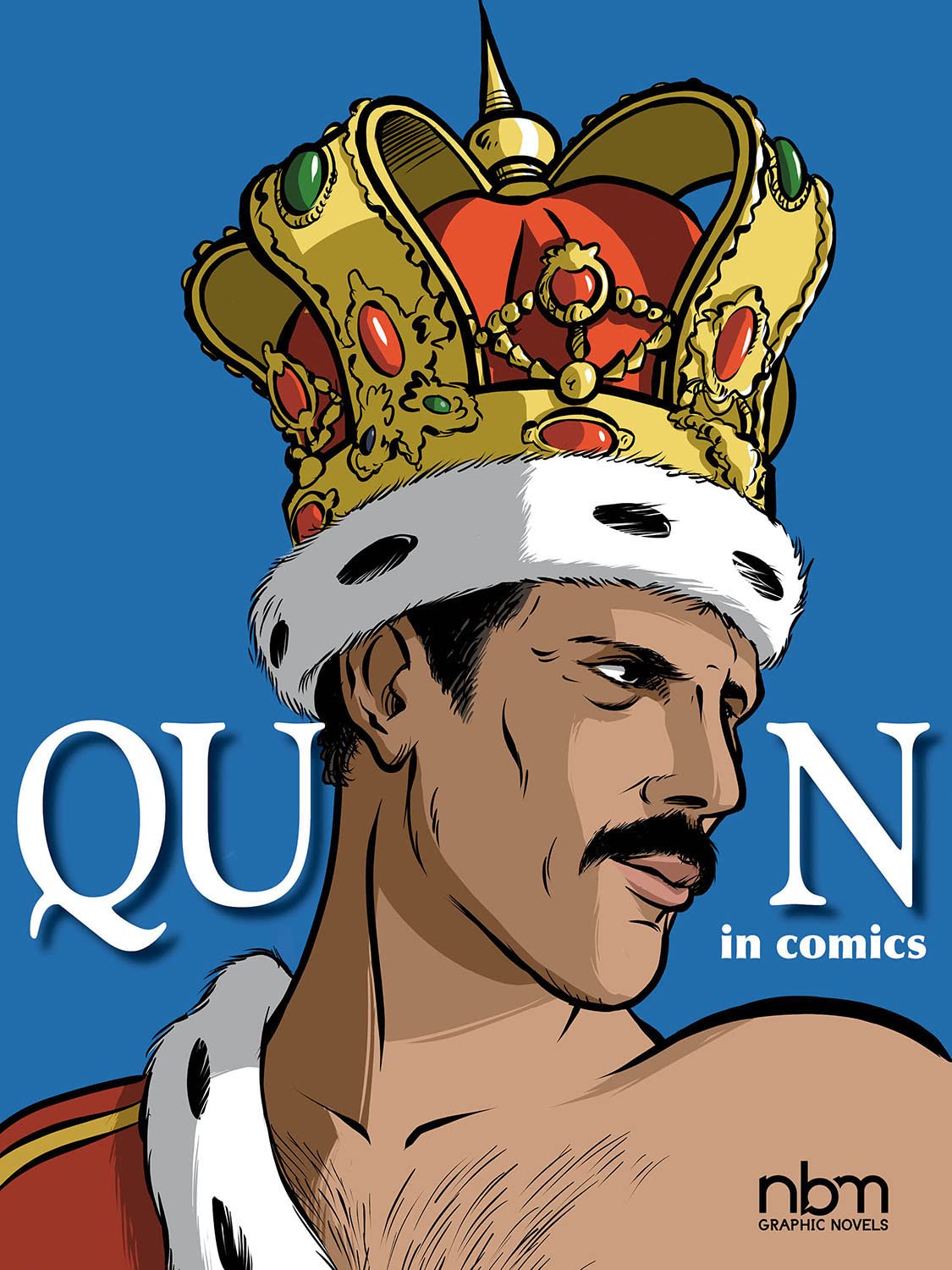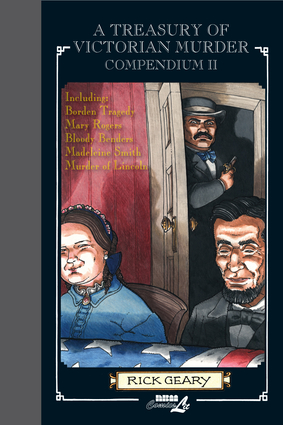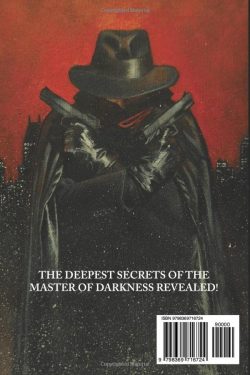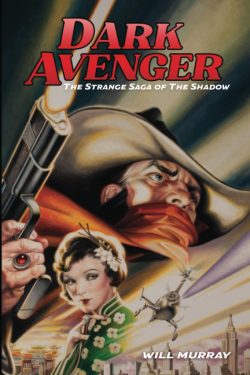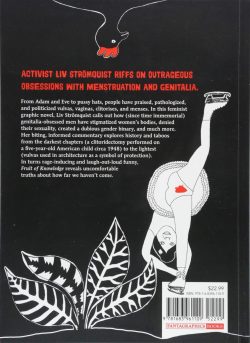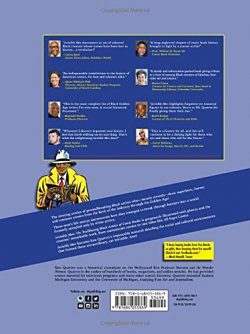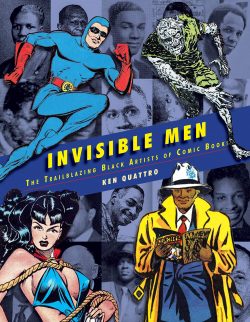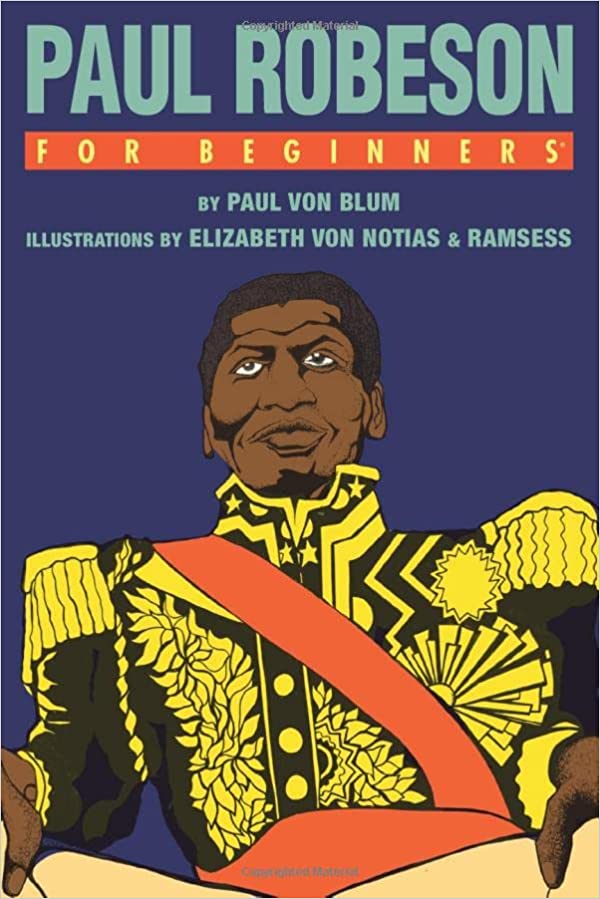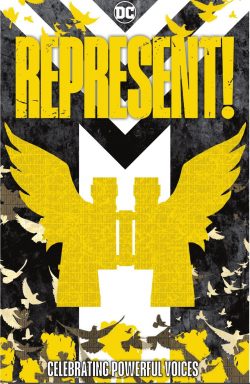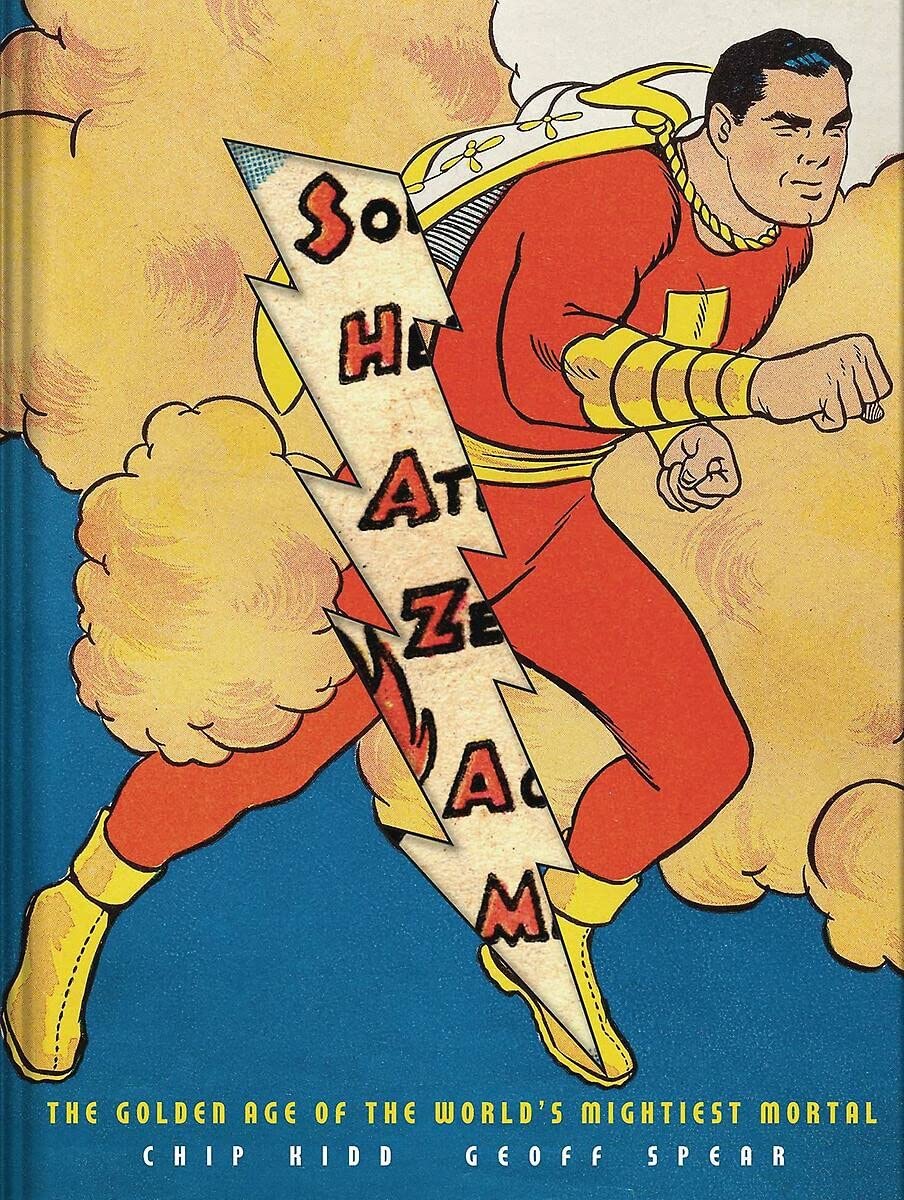
By Bill Parker & C.C. Beck, Roscoe Fawcett, Marcus Swayze, Pete Costanza, Otto Binder, Jack Binder, Mac Raboy, Joe Simon & Jack Kirby, Chad Grothkopf, Kurt Schaffenberger, and many & various: compiled & written by Chip Kidd and photographed by Geoff Spear (Abrams ComicArts/Harry N. Abrams, Inc.)
ISBN: 978-0-8109-9596-3 (2010 HB) 978-1-4197-3747-3 (2019 PB)
One of the most venerated and beloved characters in American comics was devised by Bill Parker & Charles Clarence Beck as part of a wave of opportunistic creativity following Superman’s debut in 1938. Although there were many similarities in the early years, the Fawcett Comics character moved swiftly and solidly into the realm of light entertainment -and even broad comedy – whilst, as the 1940s progressed the Man of Steel increasingly put whimsy aside in favour of action and drama.
Homeless orphan and thoroughly good kid Billy Batson was selected by an ancient wizard to battle injustice: granted the powers of six gods and mythical heroes. By speaking aloud the mage’s name – an acronym for the patrons Solomon, Hercules, Atlas, Zeus, Achilles and Mercury – Billy transformed from scrawny boy to brawny adult Captain Marvel.
At the height of his popularity, “the Big Red Cheese” significantly outsold The Man of Steel – published twice monthly and topping 14 million copies per month. Before eventually evolving his own affable personality the full-grown hero was a serious, bluff and rather characterless powerhouse, whilst alter ego Billy was the true star: a Horatio Alger archetype of impoverished, resourceful, boldly self-reliant youth overcoming impossible odds through gumption, grit and sheer determination…
However, as the decade moved on, tastes changed and sales slowed. A court case begun in 1941 by National Comics contesting copyright infringement was settled. Like many other superheroes, Cap disappeared, reduced to a fond memory for older fans. A big syndication success, he was missed all over the world…
In Britain, a reprint line had run for many years, so creator/publisher Mick Anglo had an avid audience and no product. His solution was to reimagine the franchise with atomic age hero Marvelman and Co. continuing to thrill readers well into the 1960s.
As America experienced another superhero boom-&-bust, the 1970s dawned with a shrinking industry and wide variety of comics genres servicing a base increasingly dependent on collectors and fans rather than casual or impulse buyers. DC needed sales and were prepared to look for them in unlikely places. Following a 1953 court settlement with Fawcett, DC ultimately secured the rights to Captain Marvel, his spun-off extended Family and attendant strips and characters.
Despite the actual name having been taken by Marvel Comics (via a circuitous route and quirky robotic hero published by Carl Burgos and M.F. Publications in 1967), the home of Superman opted for tapping into that discriminating, if aging, fanbase. In 1971, they licensed the dormant rights to the character stable (only fully buying them out in 1991) and two years later, riding a wave of national nostalgia on TV and in movies, DC resurrected and relaunched the entire beloved cast in their own kinder, weirder, completely segregated and separate universe.
To circumvent intellectual property clashes, they named the new/old title Shazam! (‘With One Magic Word…’): the unforgettable trigger phrase used by the majority of Marvels to transform to and from mortal form and a word that had entered the American language thanks to the success of the franchise (especially an excellent movie serial) the first time around.
Issue #1 carried a February 1973 cover-date and generated mixed reviews and unconvincing sales, but was pushed hard by DC. It even briefly scored the big prize in the publisher’s eyes. Adapted as live action Saturday morning TV series Shazam!, it ran three season (28 episodes) from 7th September 1974 to October 1976…
The comics are universally welcoming and wonderful and you should read them all, but we’re looking at a different aspect of the phenomenon here. Like any multi-media property, the Marvel Family franchise spawned tons of merchandise and this compendium sublimely showcases those tantalising collectables and examples of ephemera from the first 14 years – 1940-1953.
Most gems reproduced here come from the truly enviable personal collection of Harry Matesky as photographed by Geoff Spear (Batman Collected, The Peanuts Poster Collection, Mythology: The DC Art of Alex Ross). The multi-media melange is compiled, arranged and curated by frequent collaborator and acme and everyman of design fascinations and armchair indolences Chip Kidd (Cheese Monkeys, Batman: Death by Design, Only What’s Necessary: Charles M. Schulz and the Art of Peanuts, Go: A Kidd’s Guide to Graphic Design, Batmanga!: The Secret History of Batman in Japan, Jack Cole and Plastic Man: Forms Stretched to Their Limits).
This celebration of comics’ true magic was first released in 2010 as an epic oversized (235 x 310mm) hardback jam-packed with 3D cutaways, gatefolds and other print technology “bells & whistles”, and re-released in paperback (260 x 190mm) to tie-in with the first modern Shazam movie in 2019.
It’s a virtual wonderland for anyone who’s still a kid inside (AKA all men), overflowing with letters from the Captain Marvel Club, dynamic blow-ups of key characters such as Dr Thaddeus Bodog Sivana, classic covers, early toys, models, games, action figures and even candid shots of happy kids in their Captain and Mary Marvel costumes.
In its heyday, the Captain Marvel Club boasted a membership topping 400,000, serviced by a steady stream of priceless – and exclusive – tat to acquire: buttons, watches, key chains, paper rockets, tin toys, figurines, clothing, patches, transfers and more. Its inclusive and commercially canny model was repeated by later stars like Mary Marvel and others.
These feature amidst a wealth of mouth-watering displays of old comics, covers, original art, movie posters, apparel, toys, games and far rarer items – like Fawcett’s outreach material for potential manufacturers and merchandising partners and in-house writing guidelines.
Publishing house Fawcett first gained prominence through an immensely well-received light entertainment magazine for WWI veterans. From Captain Billy’s Whiz-Bang they branched out into books and general interest magazines. Most successful publication – at least until Batson hit his stride – was ubiquitous boy’s building/activity bible Mechanix Illustrated. As the 1940s unfolded, scientific and engineering discipline and can-do demeanour underpinning MI suffused and informed both art and plots of Marvel Family titles.
On show here are long-lost treats like the Captain Marvel Magic Whistle (complete with packaging), secret codes and decoders, the Captain Marvel Magic Membership Card, gewgaws and gimcracks, house ads, prize competitions and editorials, interspersed with a terse but informative history of the company, the creators, characters and entire beguiling phenomenon,
The star and his spin-offs sparked a huge campaign of coordinated ancillary merchandising, especially once the Big Red Cheese made a spectacular leap to the silver screen in 12-part chapter play The Adventures of Captain Marvel. That luminous landmark provides some rousing stills featuring star Tom Tyler as the Good Captain…
As detailed in ‘Hey Kids! See Capt. Marvel in the Movies’, in 1940 Republic Pictures reached out to Detective Comics Incorporated with the notion of turning Superman into a movie serial. No deal was struck and a year later Republic catapulted Fawcett’s big gun onto screens and into history. This essay is augmented by biographies, lobby cards, posters from many countries, contemporary ads and write-ups from magazines and comics of the period.
The only complete comics yarn included here is a corker. In the formative years as the feature rocketed to the first rank of superhero superstars, there was a scramble to fill pages. Following his Whiz Comics residency and epic one-shot Special Edition Comics, the indomitable innocent was promoted to his own solo title, but with Beck and his studio overstretched, Captain Marvel Adventures #1 (cover-dated March 1941, and on sale from January 17th) was farmed out to up-and-coming whiz-kids Joe Simon & Jack Kirby. With inker Dick Briefer they produced the entire issue in a hurry from Beck and Parker’s guides. Apparently they did it in two weeks whilst finalising the launch of Captain America…
‘Captain Marvel versus Z’ remains a visually impressive action-drama with the irrepressible Sivana creating a hulking android brute designed to be the Captain’s equal. Despite numerous clashes and subsequent upgrades, after one last brutal knock-down, drag-out, Kirby-co-ordinated dust-up, it is apparent that Z isn’t…
The hero soon spawned sidekicks and assistants aplenty. The two most successful were Captain Marvel Junior and Mary Marvel who each have their own sections, replete with merch and memorabilia – both American made and from syndicating publishers who reprinted them around the world. There are also short sections devoted to other Fawcett stars Spy Smasher (who also had a Republic movie serial and club – the “Victory Battalion”) and Hoppy the Marvel Bunny.
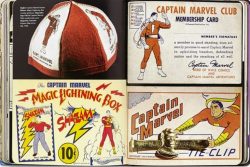
Toys, stationary, puzzles and games include Captain Marvel Lightning Racing Cars (glorious tin toys!), Captain and Mary Marvel Wristwatches (plus ads and packaging), keychains, a Captain Marvel Fun Kit, Helicopter and Power Siren (“world’s mightiest whistle!”). There are images of Captain Marvel’s Radar Racer, Rocket Raider and Magic Eyes (all with some assembly required); a compass-ring, Shazam board game, 3-D Magic Picture, a jigsaw, paper “punch-out book, and ceramic figurines ready to illuminate in the Captain Marvel Adventures in Paint set.
Throwable toy Hoppy the FLYING Marvel Bunny also needs assembling before launch, as does his Musical Evening Miracle Toy of Today, and there are examples of ultra-rare velveteen stuffed dolls of both the rabbit and his human inspiration…
As well as painting and colouring books, pencils, plastic statuettes, buzz bomb paper planes and Christmas tree decorations, are projects and covers from all across the globe, like lead figures and assorted Pre-Mick Anglo comics from Britain, plus a (gloriously painted) trading card set from Spain. There’s even a bootleg trading card album set from Havana, Cuba, based on the 1941 Republic serial.
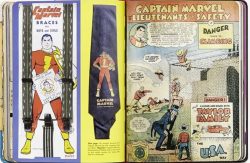
Ready to wear items include novelty shirts, braces, neckties and a cape; bean bags, tie-clips, beanie-hats, vinyl saddlebag, bike/wall pennants, “overseas style” hats and caps, skin tattoo and iron-on tee-shirt transfers, illustrated soap (!?), numerous Premium postcards, patches and badges with even Billy and Hoppy the Marvel Bunny proudly included amongst the regular costumed heroes…
Leasing his fame, the Captain appears in strip ads for Coola Cola and other salient sales points (illustrated by Costanza) and proudly confirms his patriotic zeal via many inspirational war-time covers and with the Comics Canteen! packs (comics distributed gratis by Fawcett to US servicemen in 1942).
The titanic tome terminates with an examination of the end as ‘Twilight of the Golden Age’ reveals details of the court settlement, and reviews extracts from trial transcripts.
All items cited here are merely the tip of an iceberg of fabulous stuff no fan could resist, and an evocation to the simple pleasure of youth, making this book an unparalleled package of pure weaponised nostalgia impossible to resist. So don’t…
© 2010, 2019 DC Comics. All rights reserved.

